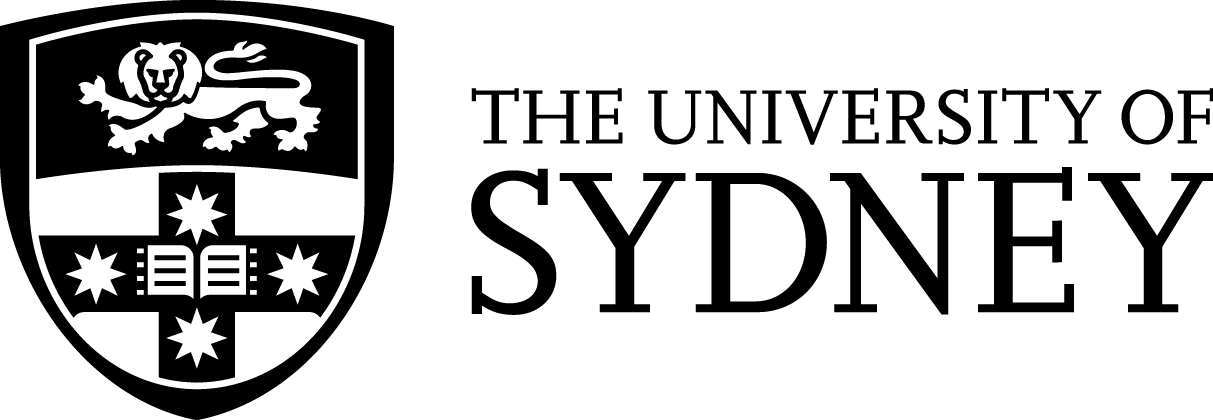Linework: Lines, Lineages and Networks in Indigenous Art
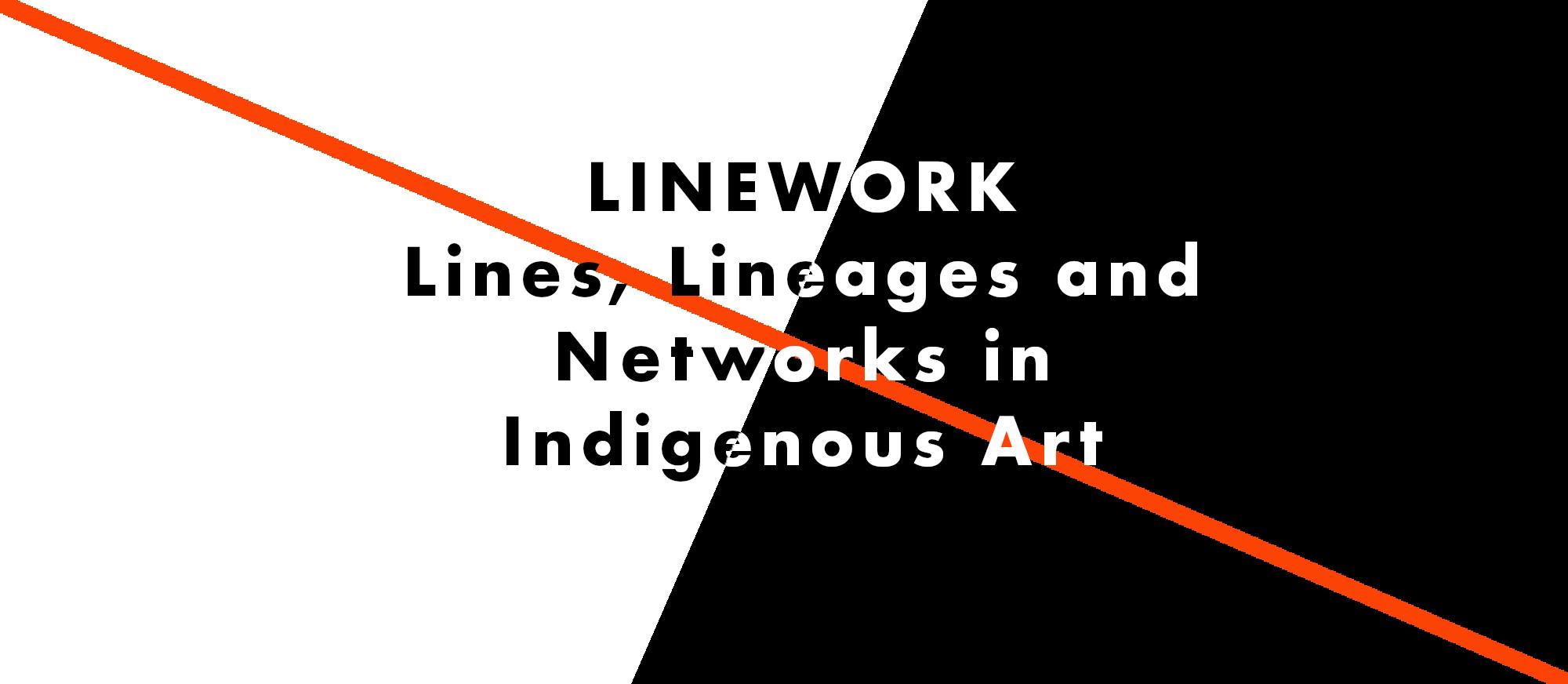
This series explores the rich history of Indigenous linework, from the specific techniques of line-drawing that express Indigenous philosophies of self and community, to the methodologies of storytelling and network building that join Indigenous people to their past, and to other Indigenous communities across Australia and the world.
Over the past 40 years, Indigenous art has found itself at the centre of debates about contemporary art. In response to the ongoing movement towards decolonization, institutions like the Power Institute have sought to rethink the lines that delimit our understandings of art making, thinking, and curating.
Indigenous people have, of course, long been drawing their own lines, in practices that preceded and survived colonial settlement. This lecture series seeks to explore the richness of Indigenous linework.
‘Linework’ evokes several meanings. For the many Indigenous peoples across Australia, the line has long been a technique for materialising and transmitting complex philosophies of law, ecology, identity, and community. Just like the dot, the line links a diversity of Indigenous art practices, from the minty’tji of Yolŋu artists in Australia’s Top End, to the murruwaygu used by Aboriginal male artists in Australia’s south-east (as researched by Wiradjuri and Kamilaroi artist and writer Jonathan Jones).
Linework is also present in Indigenous methods of history telling, and community building. Yorta Yorta writer and curator Kimberley Moulton, among many others, has described the way ‘storyline’ provides a way to re-claim her heritage and objects from the museums that appropriate them. Indeed, Indigenous artists, critics and curators are constantly recovering and inventing new lines of connection to their past, and to other Indigenous peoples across Australia and the world. Such a project is at the heart of the work of Indigenous scholars and curators Gerald McMaster and Julie Nagam.
This series brings together Indigenous voices from across Australia, and the world.
Events
Past
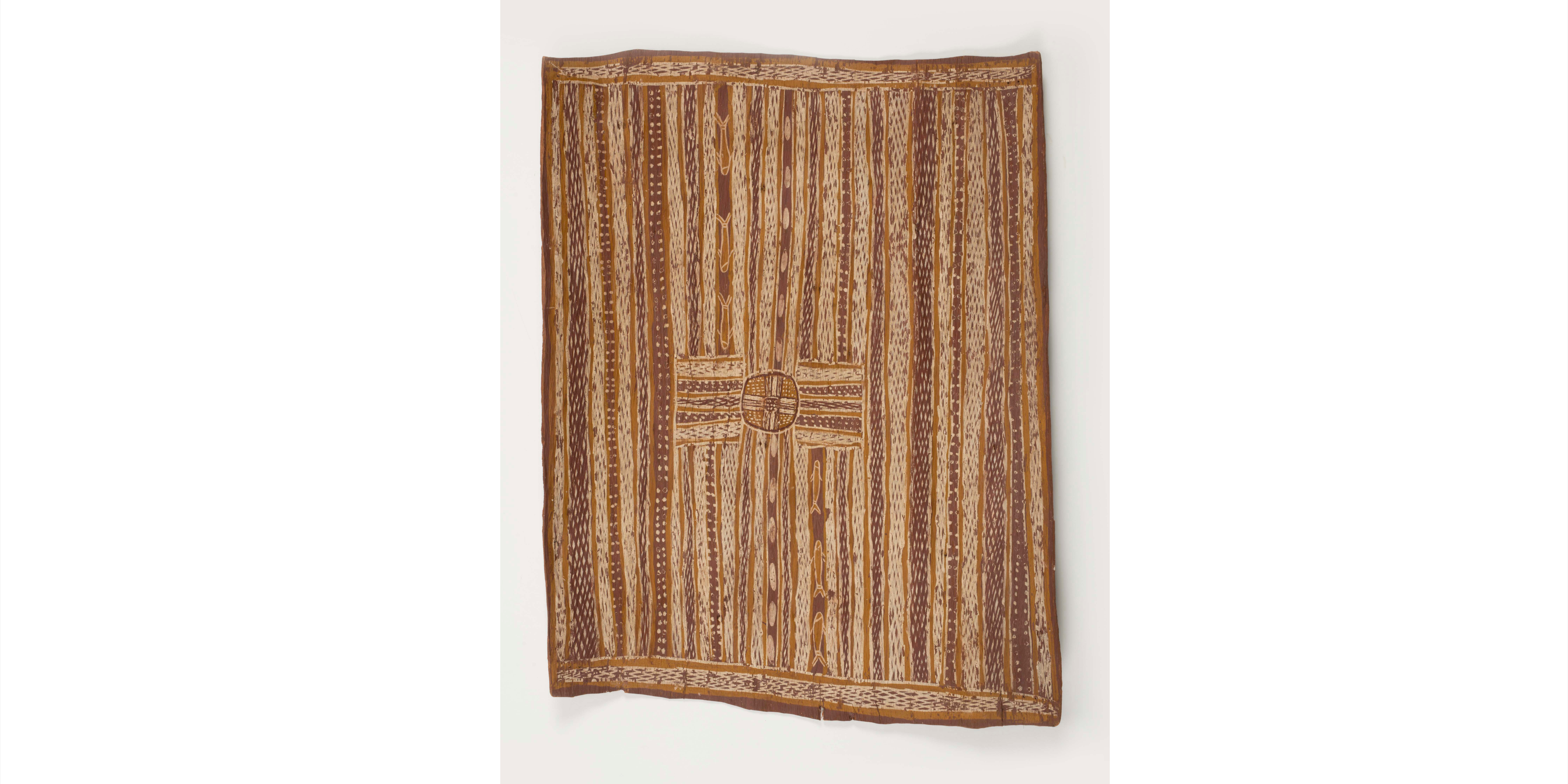
Djalkiri: Histories of Indigenous Linework
The first event in the 2021 Linework series, which took place on 18 March 2021.
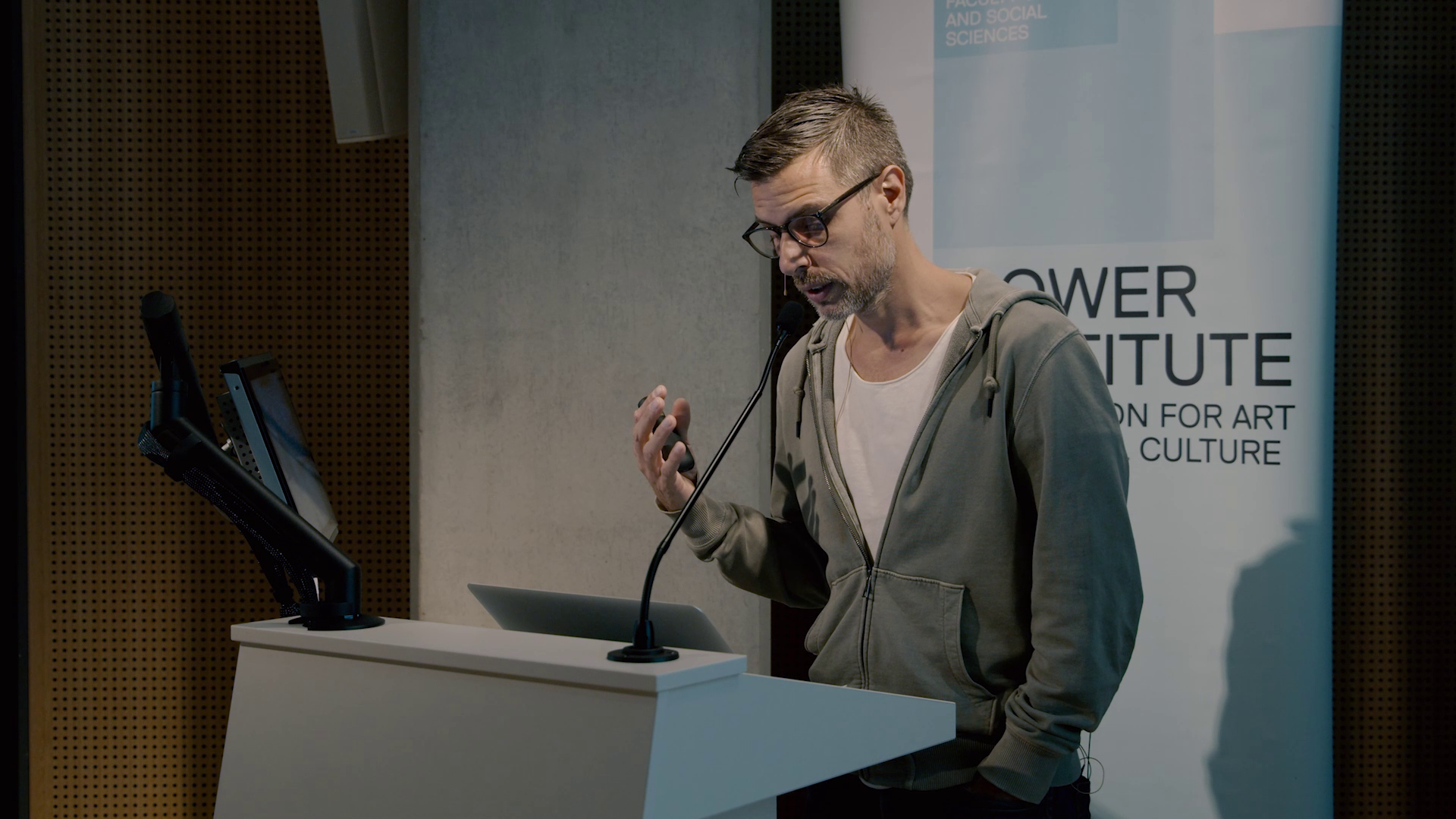
Murruwaygu: The Line in the South-East
The second event in the 2021 Linework series, which took place on 10 June 2021.
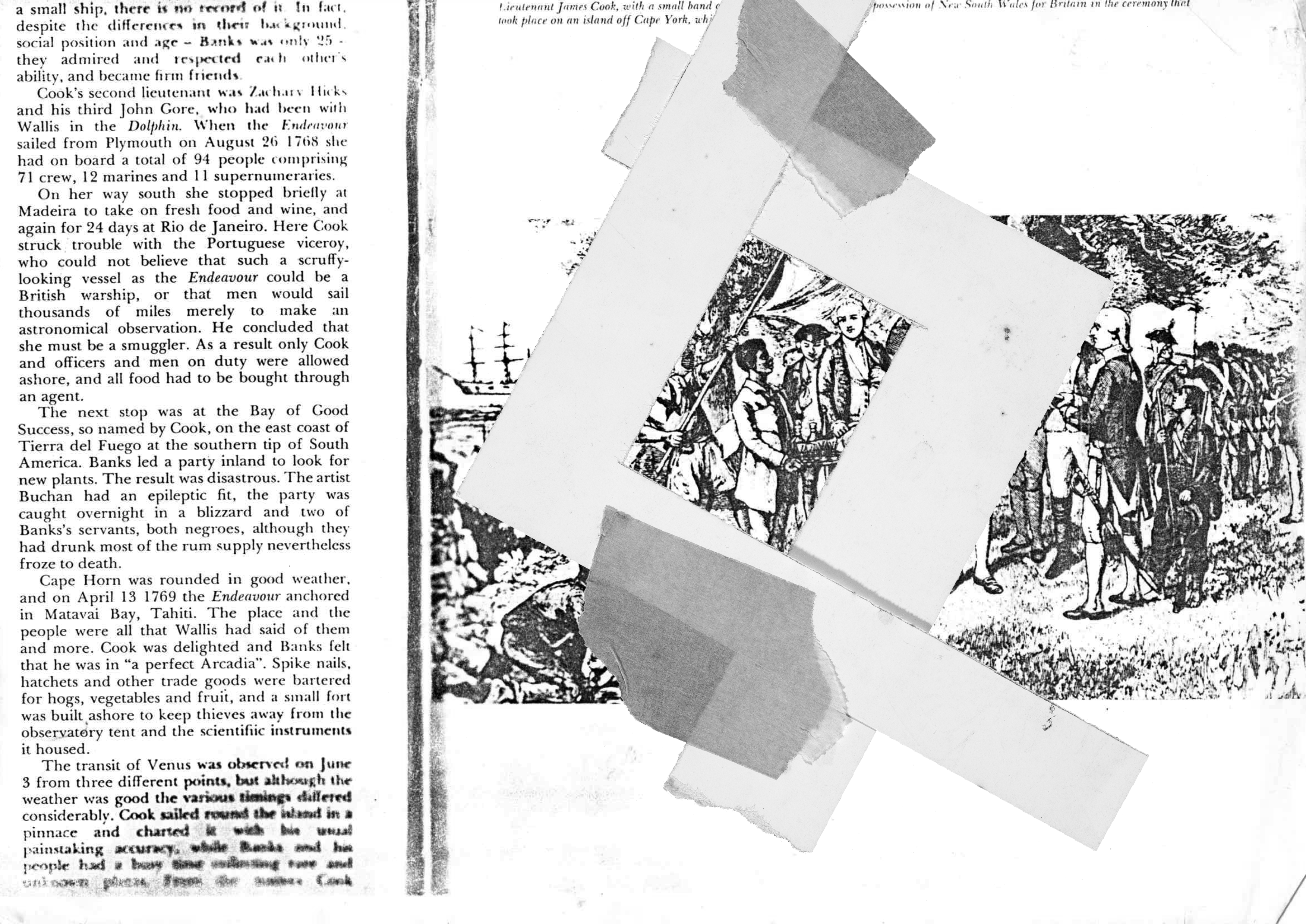
Speaking Through Text / Corresponding with the Past
This event took place on 7 October 2021, as part of the Power Institute’s lecture series Linework: Lines, Lineages and Networks in Indigenous Art.
Artists Vernon Ah Kee, Julie Gough and Warraba Weatherall join the editors of Gordon Bennett: Selected Writings, Angela Goddard and Tim Riley Walsh, to consider Bennett’s indelible impact. Moderated by the Power Institute’s Deputy Director, Stephen Gilchrist.
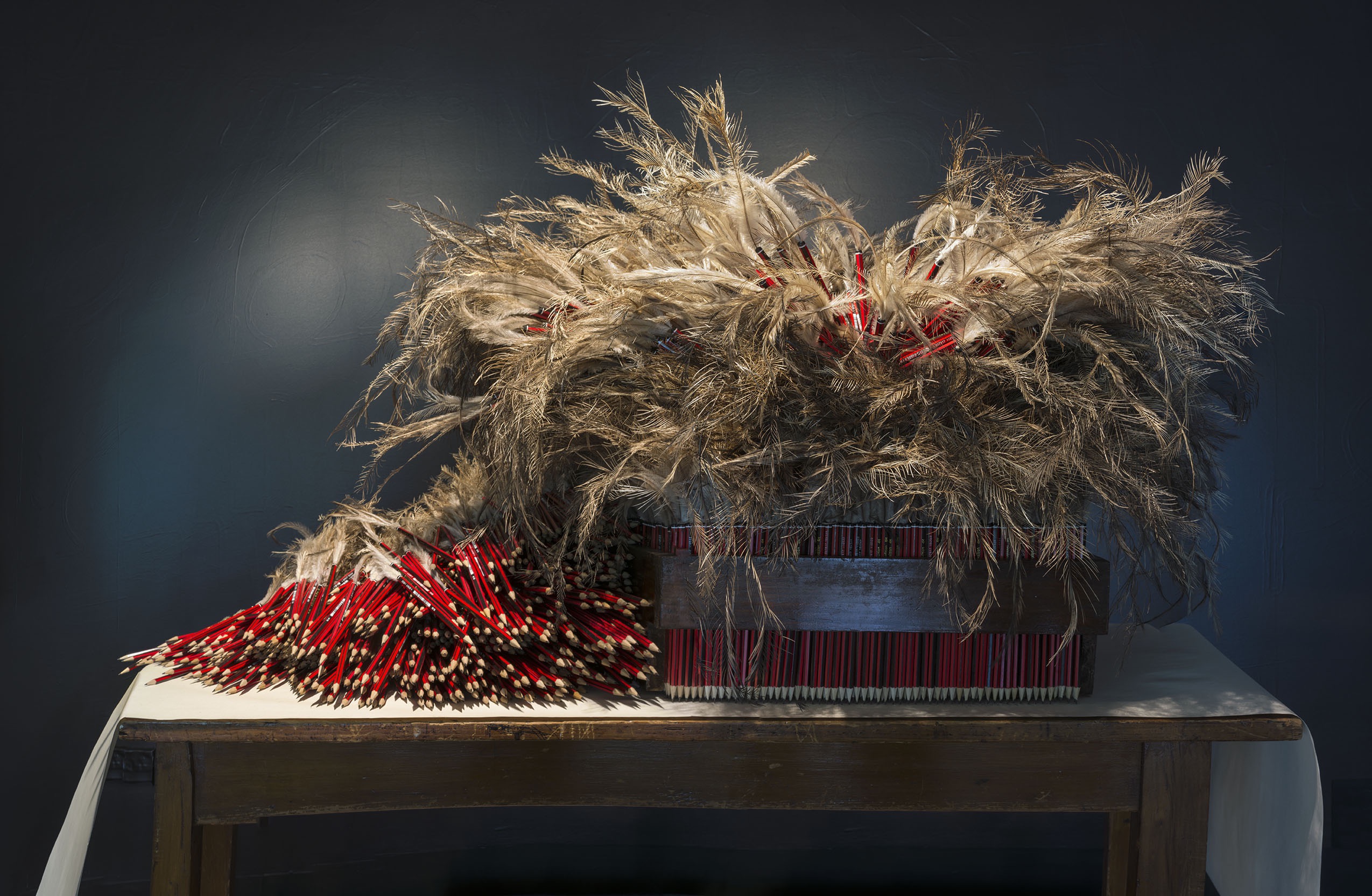
Disruptions: A Symposium on the State of Indigenous Art Writing and Research
A symposium celebrating the past, present and future of Indigenous art writing and research.
